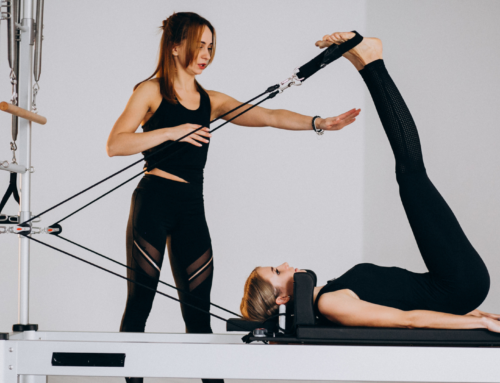What is hamstring strain and how to treat it?
One of the most common injuries seen in football is a hamstring strain and other sports such as jumping and sprinting are to blame for this injury as well. Hamstrings are the muscles that bend your knee backwards. Most commonly, the injury is caused by a quick contraction or a violent stretch of the muscle fibres. For example while kicking a ball or doing a very heavy weight in the gym. The pain and swelling can show immediately or after a few days depending on the extent of the damage.

Signs and symptoms of a hamstring strain:
You will feel any or all of the these symptoms described below depending on the extent of the damage:
- Experiencing a “pop” feeling with sudden and severe pain during exercise.
- Pain and tenderness in the lower buttock or along the back of the thigh.
- Bruising and Swelling – may be delayed by a few days depending on grade of the strain
- Weakness and stiff joint movement
Grades of a hamstring strain :
These grades are nothing but a measure of the amount of damage to the hamstring muscle. There are 3 different grades:
| Grade I | Only a few fibres of the hamstring muscles are damaged or ruptured. Pain and sensitivity starts a few days after injury. Common symptoms are pain and stiffness in the back leg but you are able to walk and bend the knees without difficulties. |
| Grade II | There’s a tear in half of the hamstring muscle fibres. Pain and sensitivity start almost immediately. There is difficulty with walking and pain when bending the knee against resistance. Pain can be felt on feeling the muscle |
| Grade III | More than half to total of the hamstring muscle fibres are torn or ruptured. The tendon can be injured as well. Patient experiences increased pain, sensitivity, swelling and weakness. Patient is not able to walk and may need crutches |
What to do after a hamstring strain?
- Stop playing or doing the movement you were doing immediately
- Put ice on the muscle
- DO NOT STRETCH!
- see if you can walk on it, if not, rest is your best option
- Rest, rest,rest
- See a Physio! She will let you know whether you need to see a GP for medication/scans
- You may also see your GP to get some anti-inflammatories to help reduce the swelling and order an ultrasound scan to check the extent of the damaged muscle
How can our physiotherapists help you with hamstring strain?
Our Physios will do the following:
- Accurately assess and diagnose the grade of the muscle injury.
- Once the physios know the extent of the damage, the first step is to reduce pain and swelling. This is by gently moving the joint associated with the muscle and releasing the muscle spasm.
- The physios will use manual therapy techniques to improve joint movement and pain.
- After pain and swelling reduce, the physio will start muscle stretching and strengthening exercises. This helps in getting back to normal activities.
- Finally, exercises will progress to sport specific training to get you back to sports or gym






